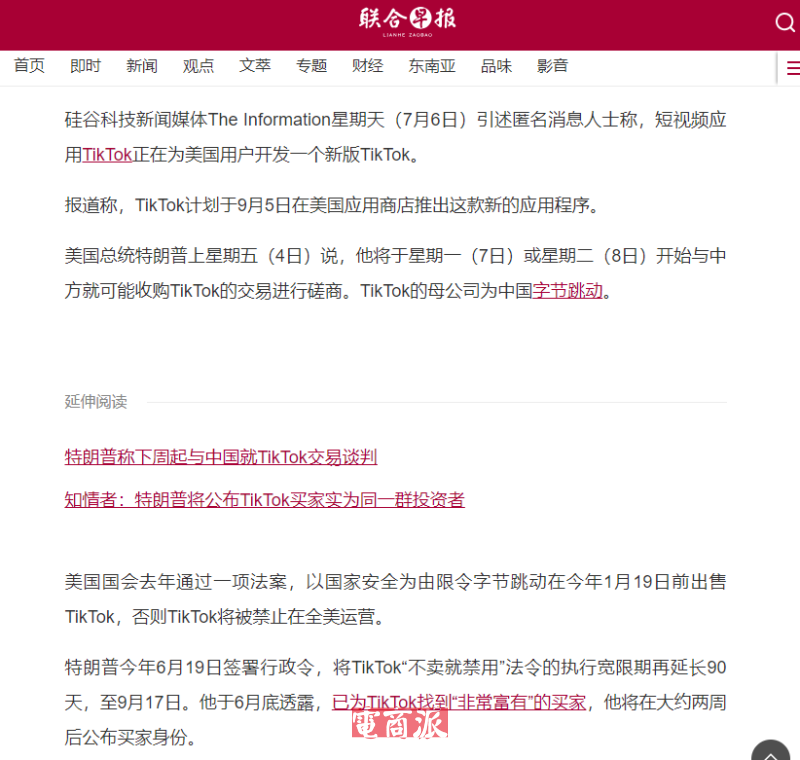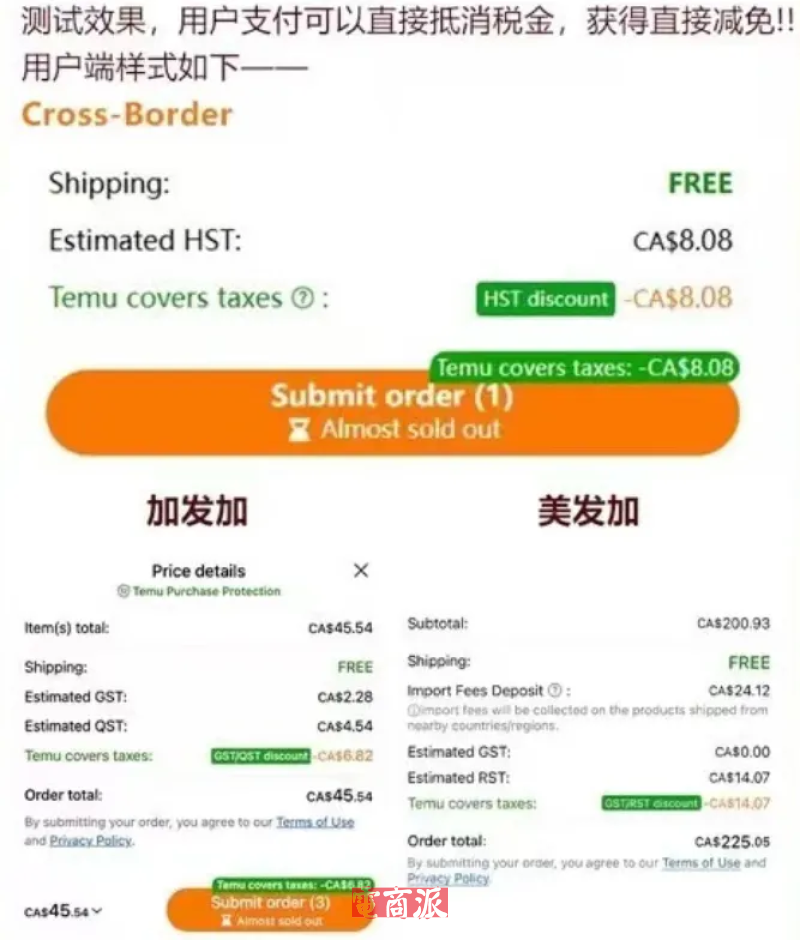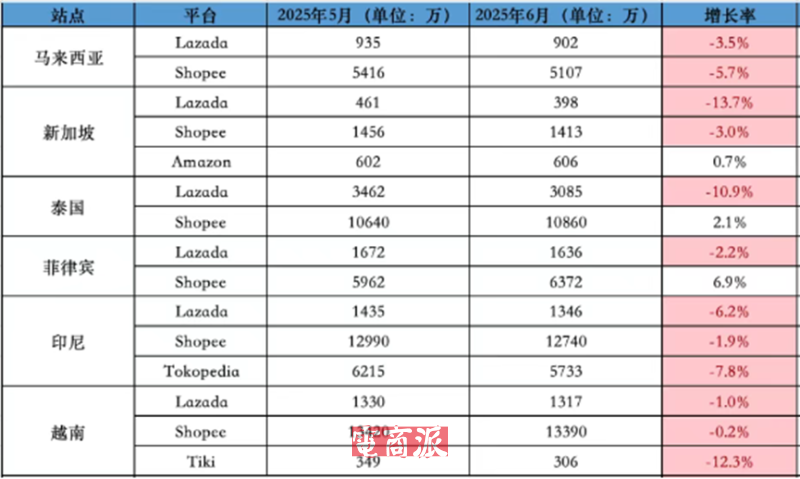cssfixed

CSS Fixed Positioning: A Comprehensive Guide
CSS fixed positioning is a powerful feature that allows web developers to create elements on a web page that are fixed in relation to the browser window
regardless of scrolling. In this guide
we will explore the various aspects of fixed positioning
including its properties
use cases
and potential challenges.
1. Understanding CSS Fixed Positioning
CSS fixed positioning is one of the four main positioning schemes in CSS
alongside static
relative
and absolute positioning. The fixed positioning scheme places an element relative to the browser window
rather than its parent container. This means that fixed elements will stay in place even when the user scrolls the page.
2. CSS Fixed Positioning Properties
To apply fixed positioning to an element
you can use the CSS property `position: fixed`. This property can be combined with other positioning-related properties
such as `top`
`bottom`
`left`
and `right`
to specify the exact position of the element within the window. For example:
```css
#myElement {
position: fixed;
top: 20px;
right: 10px;
}
```
This code would position an element with the id `myElement` 20 pixels from the top and 10 pixels from the right of the browser window.
3. Use Cases for Fixed Positioning
Fixed positioning can be incredibly useful in various scenarios. Some common use cases include:
- Sticky navigation menus: By using fixed positioning
you can create a menu that stays at the top of the page
offering easy access to navigation options throughout the browsing experience.
- Sidebar or ad banners: Fixed positioning can be used to create sidebars or ad banners that remain visible even when the user scrolls down the page
ensuring continuous visibility of important information or advertisements.
- Floating elements: Elements such as social media sharing bars or feedback buttons can be positioned using fixed positioning to always stay visible
allowing users to interact with them easily.
4. Challenges and Considerations
While fixed positioning offers great flexibility
there are some challenges and considerations to keep in mind when using it:
- Overlapping content: Fixed elements can overlap other page content
potentially making it difficult for users to access certain elements. Be sure to test and adjust the positioning of fixed elements to ensure they do not obstruct important content.
- Responsive design: Fixed positioning can cause layout issues on smaller screens. To maintain a responsive design
use media queries and adjust the positioning of fixed elements depending on the screen size.
- Performance impact: Having too many fixed elements on a page can negatively impact performance
especially on mobile devices with limited resources. Consider minimizing the number of fixed elements or optimizing their implementation for better performance.
5. Browser Compatibility
CSS fixed positioning is supported by virtually all modern browsers
including Chrome
Firefox
Safari
and Edge. However
it's important to keep in mind that older versions of Internet Explorer may have limited or buggy support for fixed positioning. If you need to support older browsers
consider using fallback options or alternative techniques.
In conclusion
CSS fixed positioning is a valuable tool for web developers to create visually appealing and interactive web pages. By understanding its properties
use cases
challenges
and browser compatibility
you can leverage fixed positioning effectively in your own projects.
 邮件群发-邮件群发软件|邮件批量发送工具|群发邮件平台|批量邮箱发送系统公司
邮件群发-邮件群发软件|邮件批量发送工具|群发邮件平台|批量邮箱发送系统公司








